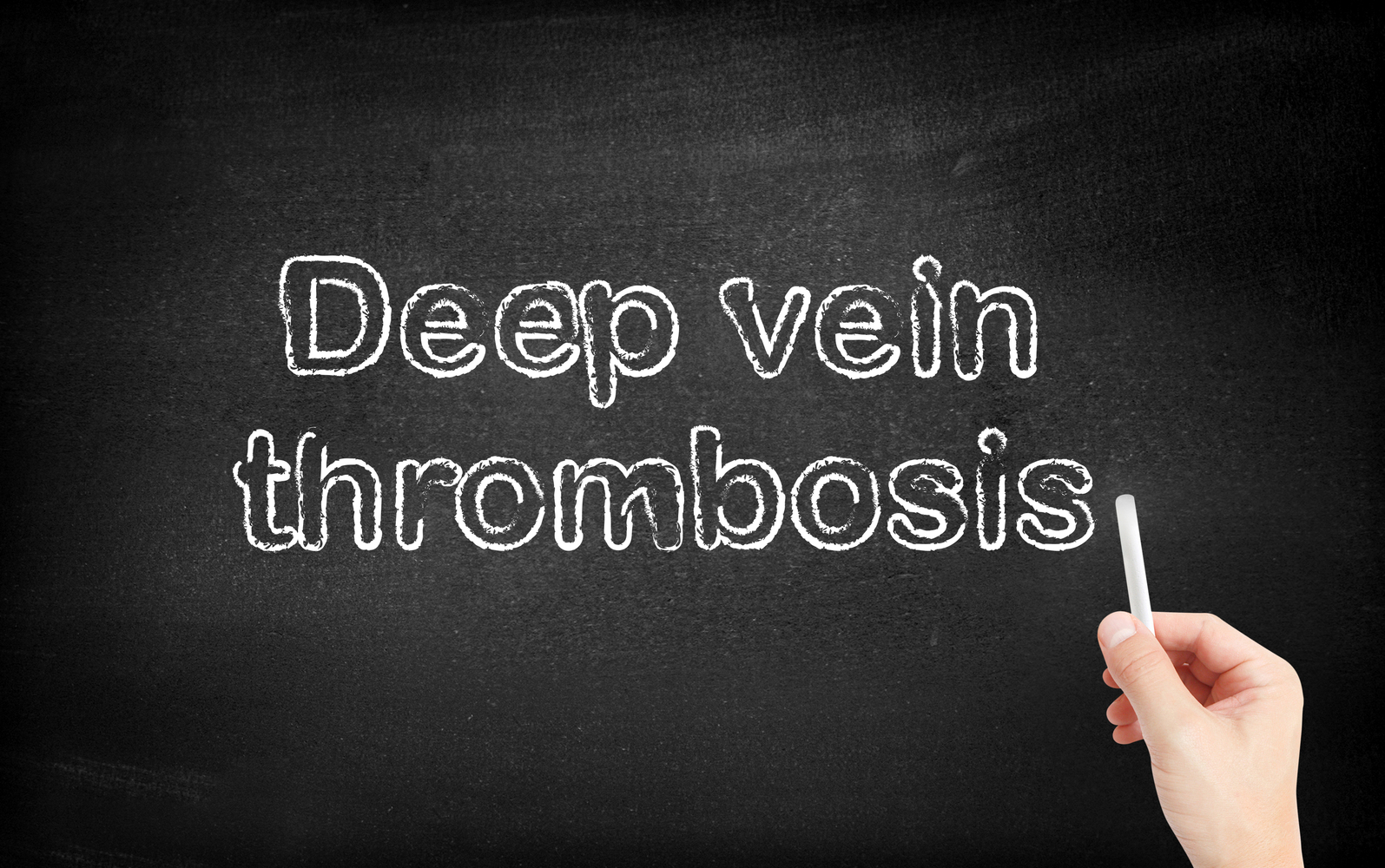
Symptoms and Treatment Measures for Deep Vein Thrombosis
Certain professions may require an employee to stand or sit in one place for hours. The management of the occupational company might be pleased with the output of the employee however, in the long run, the employee might not be, as he can be a victim of an occupational hazard. Deep vein thrombosis is one of the hazards that an employee can encounter.
Deep vein thrombosis is a condition wherein a vein contains a blood clot which affects the circulation of blood to an extent or completely. The condition requires medical intervention in most cases however can be prevented, else it is more towards damage control. If the early warning symptoms of deep vein thrombosis are neglected, the condition can worsen to an extent where the blood clot can break open and move towards the pulmonary arteries and causing blockage of blood vessels in the lung. This is called pulmonary embolism. So, let’s take a deeper look into the symptoms and how to avoid or manage them.
Symptoms of deep vein thrombosis
The symptoms involving deep vein thrombosis vary, but the common ones are
- Pain
Pain in the affected area is experienced, this can vary from mild to acute pain. It is advisable to check with the doctor is pain is severe or felt at regular intervals - Leg Cramps
The muscles in the leg can cramp due to lack of mobility. It can disappear within seconds or can be experienced up to 10 minutes. Regular occurrences might require doctors to advise - Swelling
Swelling can be noted when the affected area has a fluid build-up as the body fluid move downwards due to gravity. Applying an ice pack to the swelling and drinking plenty of fluids can help however long-term remedy is received from the treatment of DVT - Redness or Discoloration of the Skin
Redness of the skin is due to inflammation of the skin as excess blood had deposited near the surface of the skin. The presence of blood clots due to DVT near the surface of the skin can result in the redness of the skin. In some cases, discoloration of the skin to white or bluish color have resulted due to enlargement of veins - Tenderness of Skin
Tenderness through the course of the vein is felt when touched. - Warmth
Blood clots in the infected area cause inflammation and result in a feeling of warmth when touched.
A person might just have one or more symptoms. In isolation, a symptom doesn’t necessarily mean the person is affected with DVT however if the symptom is severe or intermittent, an intervention of the doctor is required. The doctor might conduct a series of tests to identify the true cause and nature of the blood clot and prescribe treatment accordingly.
Prevention and Management
Here are some handy tips to prevent and manage the early warning symptoms of deep vein thrombosis.
- Plan the Travel
Long travels should be avoided by deep bein thrombosis patients. But in cases where this is non-negotiable, care should be taken to ensure one is not stagnantly for long periods of time. - Avoid Prolonged Immobility
Those who tend to sit or stand for hours together need to ensure they find ways to be mobile. Otherwise, the early warning symptoms of deep vein thrombosis become chronic. - Avoiding Smoking and Drinking
Smoking or drinking alcohol can be a contributing factor to chemical imbalances causing blood clots. It’s highly advisable that deep vein thrombosis patients avoid tobacco and liquor. - Exercising
Daily exercises can benefit in regulating blood flow. This not only keeps the early warning symptoms of deep vein thrombosis at bay but also help you strengthen your body. - Practicing Yoga
Stretching the muscles can benefit in regulating blood flow and avoid clots. - Managing Obesity
Reducing the excess weight might help the body feel light and make it supple. - Adhering to Proper Medication
Consulting the doctor before consuming any pills is advisable. - Elevating the Legs
Ensuring the legs are elevated while sitting down or while resting in the bed helps blood flow.
It’s crucial that one promptly gets treatment for the early warning symptoms of deep vein thrombosis to ensure no chronic ailments occur.


